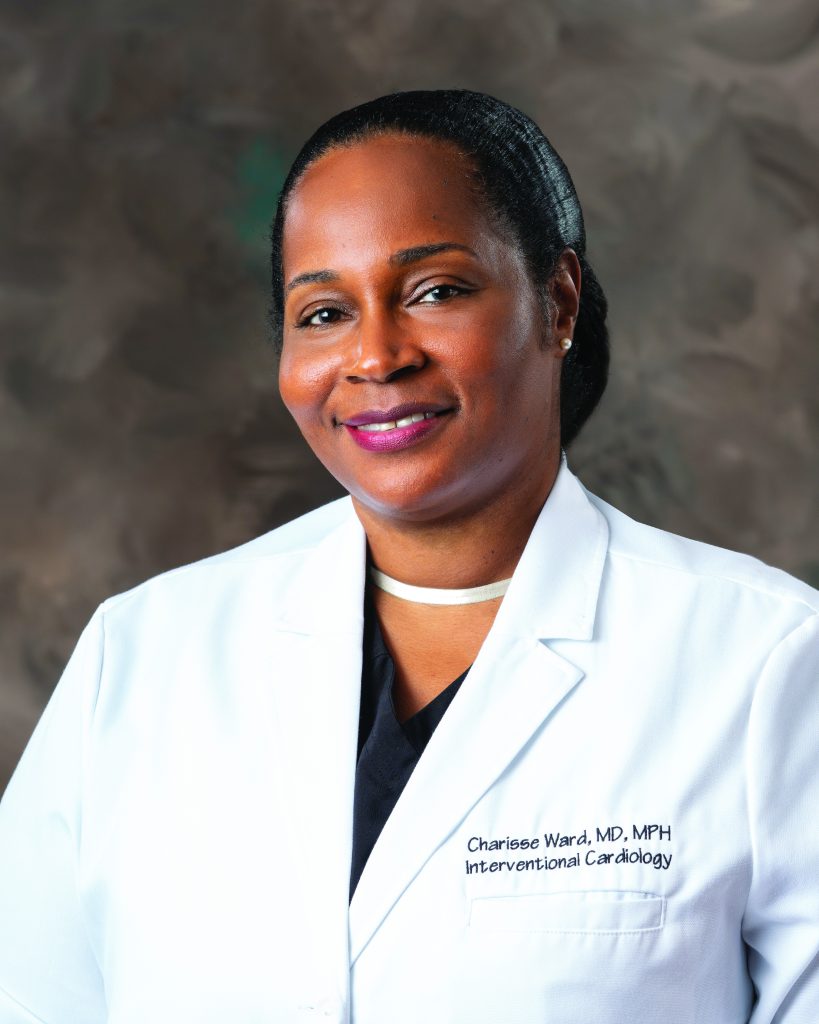Charisse Ward, MD, MPH, an interventional cardiologist at St. Mary’s, discusses peripheral artery disease (PAD), and the symptoms and risk factors you need to know.
Atherosclerosis is a condition in which the arteries become narrowed due to the build-up of plaque (a fatty substance made up of cholesterol, lipids and cellular debris) on their walls. Atherosclerosis results in impaired blood flow and poor circulation to vital organs.
PAD is a form of atherosclerosis where plaque builds up and blocks blood flow to one or more limbs.
What are the risk factors and warning signs?
Risk factors include smoking, diabetes, high cholesterol, family history of PAD and high blood pressure. PAD is often asymptomatic (meaning that there are no noticeable symptoms) until it’s quite advanced.
PAD may result in hair loss of the lower extremities, coolness of the limbs or claudication. Claudication refers to the pain in the legs when walking or exercising due to a lack of oxygen reaching the muscles and tissues of the lower extremities. Some people with PAD may also experience leg pain that persists when they stop exercising. PAD that is left untreated can lead to non-healing ulcers, pain, gangrene, lower limb amputation, heart attack or stroke.

How is PAD diagnosed and treated?
PAD can be diagnosed through several methods, including evaluation of the ratio of blood pressures of the upper and lower extremities, ultrasound or even CAT scan. Screening for PAD is quick, easy and painless.
If you or someone in your family has risk factors or symptoms of PAD, it’s important to get screened. There are many possible causes for this disease, and most can be treated with a combination of medical interventions like medication, stents, rehabilitation therapy and lifestyle changes, including diet and exercise.
The sooner you’re on the right track through diagnosis and treatment of PAD, the more success you’ll have at limiting its progression. Find out if you have PAD – get screened now!
Need help finding a doctor? Visit stmarysregional.com/find

Physicians are on the medical staff of St. Mary’s Regional Medical Center, but, with limited exceptions, are independent practitioners who are not employees or agents of St. Mary’s Regional Medical Center. The hospital shall not be liable for actions or treatments provided by physicians. For language assistance, disability accommodations and the non-discrimination notice, visit our website.






